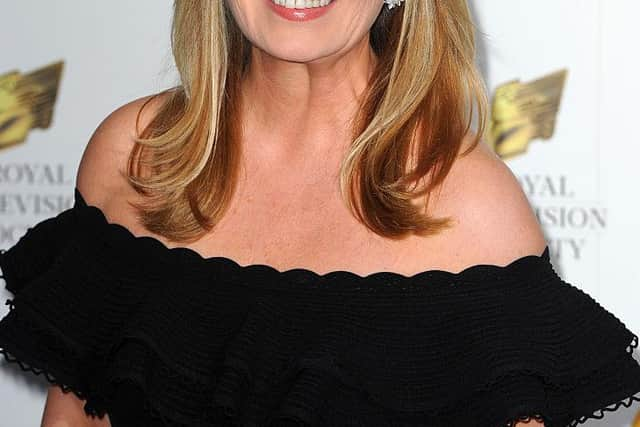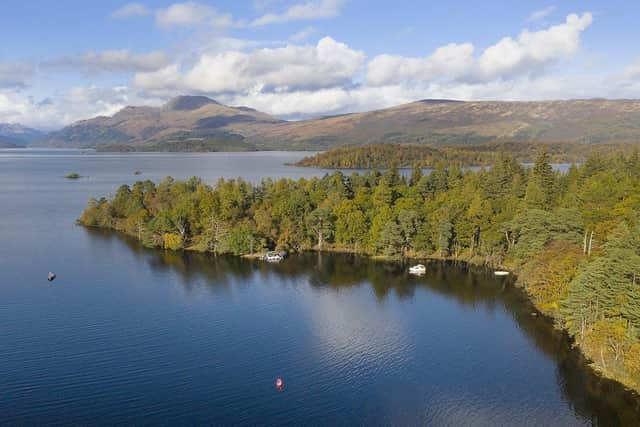Wallaby numbers to be 'controlled' on Loch Lomond island owned by broadcaster Kirsty Young
But the population of wallabies who have made the Loch Lomond enclave of Inchconnachan their home could be considered persona non grata by its famous new owners.
The broadcaster Kirsty Young, and her husband Nick Jones, founder of the private members’ club chain Soho House, have purchased the wooded oasis, nestled in one of Scotland’s most majestic beauty spots. The couple have outlined plans to restore and protect the island, creating a “world-class” habitat and visitor experience.
Advertisement
Hide AdAdvertisement
Hide AdPlanning documents lodged on their behalf with the Loch Lomond and the Trossachs National Park Authority (LLTNPA) state they intend to achieve “demonstrable progress” in restoring the island’s native woodland.
The question of how that is achieved is one that may be giving the island’s wallabies – one of the only viable troupes located outside the southern hemisphere – sleepless nights.
An island management plan filed with the LLTNPA specifies the macropods, native to Australia and New Guinea, are considered an “invasive species”, and are “currently noted for control” within the deer management plan for Loch Lomond islands.
“It is suggested in the deer management plan that wallaby numbers are managed alongside deer numbers based on their grazing of the woodland habitats, most likely favouring the native deciduous tree species and contributing to designated habitat decline,” the plan states.


The document adds wallaby numbers will be returned along with deer control numbers, with herbivore impact assessments carried out.
A separate design and access statement submitted to the LLTNPA on the couple’s behalf also says the island management plan offers “significant benefits,” including “control of deer and wallaby to maximise natural regeneration.”
It states: “The island is a beautiful and sensitive place, well protected for its historic woodlands, habitat and natural beauty, but it is in a declining poor condition and under growing pressure from an increasing number of visitors, anti-social behaviour and grazing herbivores.”
It goes on: “Nick and Kirsty are tremendously excited to have this unique opportunity to participate, to not only conserve the island, but to enhance the natural habitat and restore it to its natural state.


Advertisement
Hide AdAdvertisement
Hide Ad“The last few decades has seen the island fall into a neglected state and it will remain so unless there is a dedicated commitment and serious financial input.”
Any such efforts to control the wallaby population on the island – a designated site of special scientific interest (SSSI) – will be of keen interest to animal rights groups.
In 2009, a potential proposal by Luss Estates – the-then owners of the island – to cull their population attracted a backlash, with questions asked at Holyrood.
Ms Young, 53, and Mr Jones plan to demolish the Loch Lomond island’s existing 1920s bungalow and build a new two-storey timber lodge for their own holiday use. The former Desert Island Discs presenter and her husband, 58, also aim to build a new boathouse and jetty.
The 103-acre island was owned by the Clan Colquhoun since the 14th century. Red-necked wallabies were introduced there in the 1940s by Fiona Bryde Gore, the countess of Arran, who died in 2014 aged 94.
Ms Young’s agent and Mr Jones’s firm have been contacted for comment.
A message from the editor:
Thank you for reading this article. We're more reliant on your support than ever as the shift in consumer habits brought about by coronavirus impacts our advertisers. If you haven't already please consider supporting our trusted, fact-checked journalism by taking out a digital subscription.
Comments
Want to join the conversation? Please or to comment on this article.
